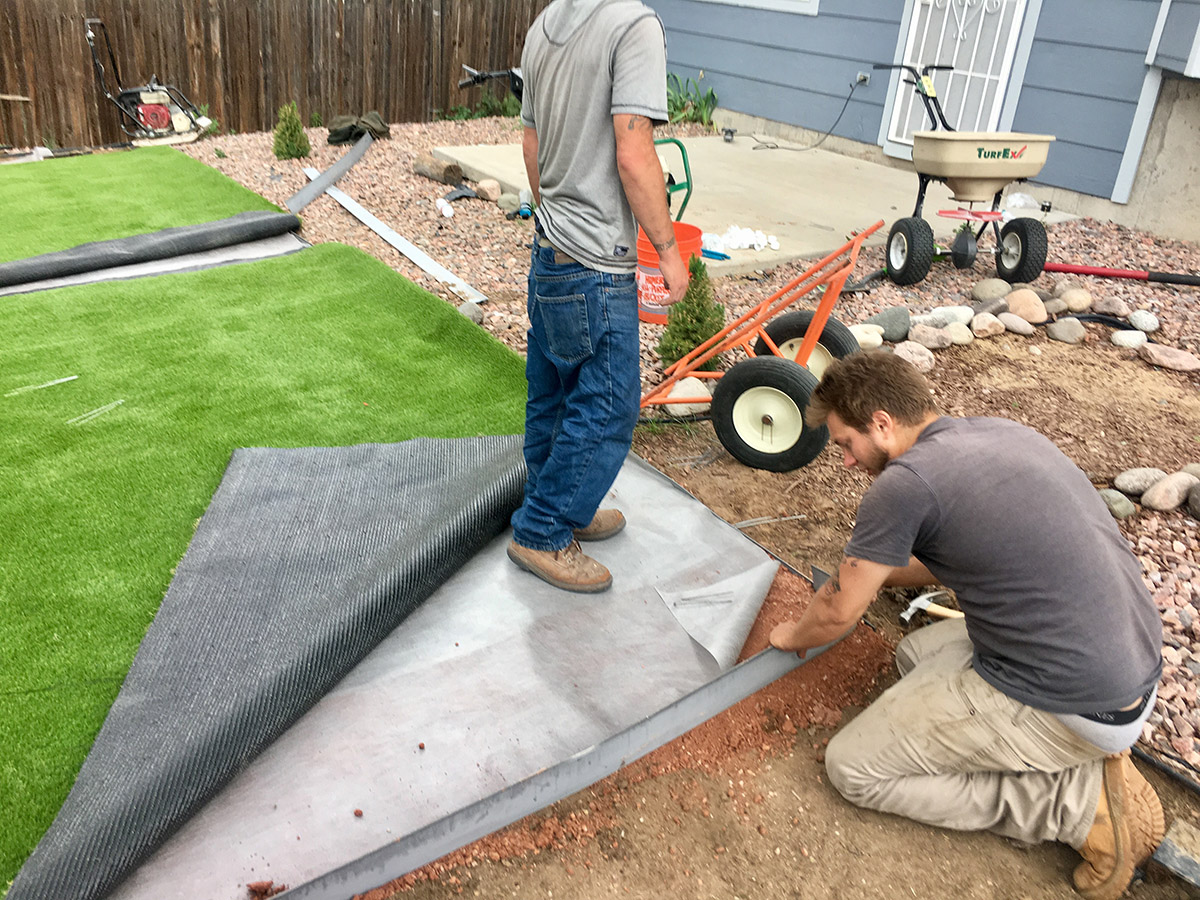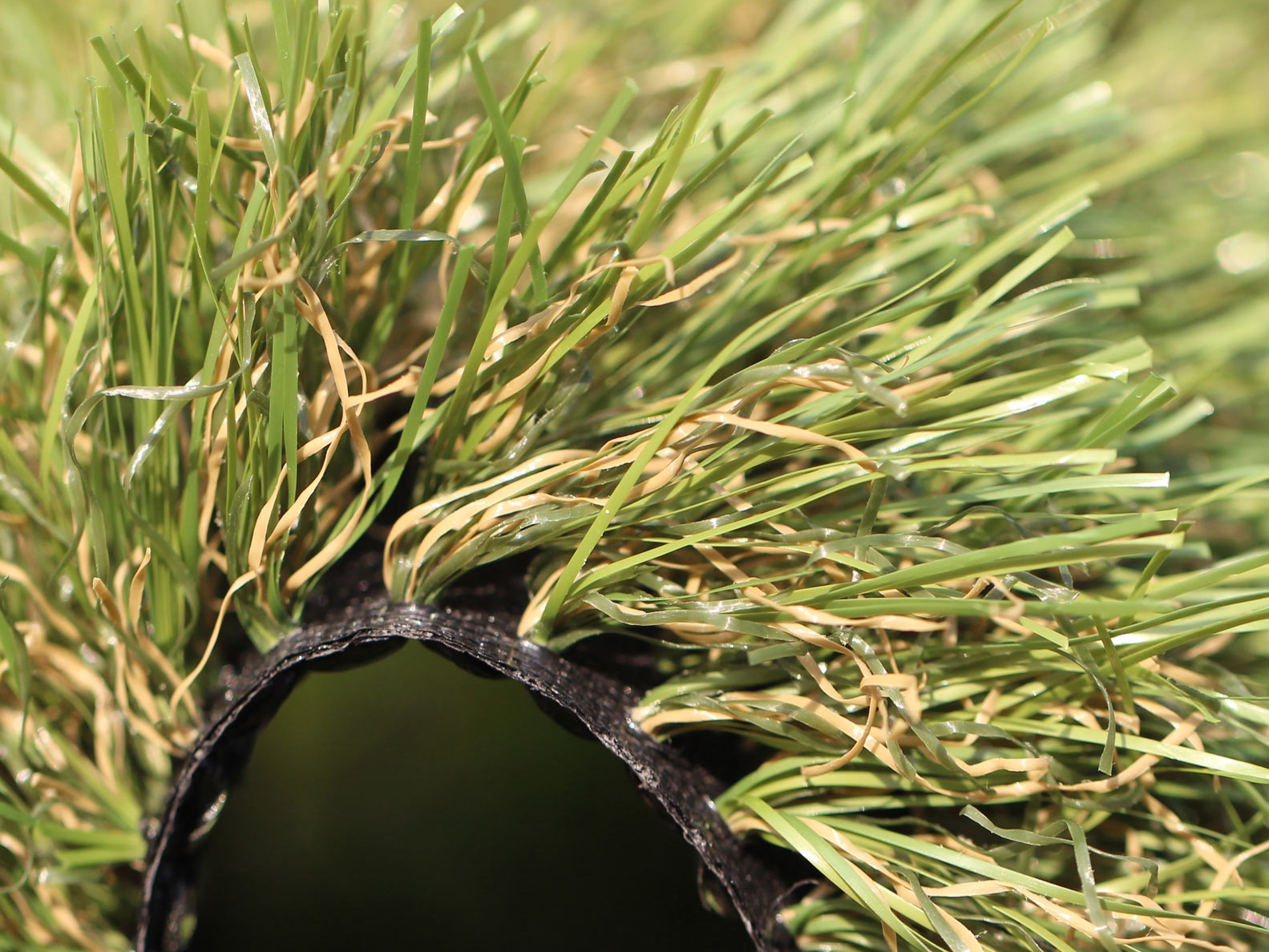Highly-Ranked Phoenix Turf Companies Focusing on Synthetic Grass Options
Highly-Ranked Phoenix Turf Companies Focusing on Synthetic Grass Options
Blog Article
See Why Homeowners Prefer Artificial Turf for Sustainable Landscaping Practices
As property owners increasingly focus on sustainability in landscape design, synthetic grass has actually become an engaging alternative to typical yard. Its ability to save water, reduce maintenance initiatives, and reduce environmental effect positions it as a sensible selection for those seeking environment-friendly options. In addition, the aesthetic appeal and adaptability of synthetic turf cater to diverse layout preferences. The ramifications of this shift prolong beyond simple benefit and looks, prompting a closer assessment of how these choices influence broader environmental results. What continues to be to be discovered is the complete range of advantages that fabricated grass can supply to house owners and the atmosphere alike.
Water Preservation Perks
One of the most significant advantages of synthetic turf is its duty in water preservation. In comparison, artificial turf eliminates this demand totally, as it does not call for irrigation.
Furthermore, the installment of fabricated lawn can contribute to a much more lasting landscape. House owners can considerably lower their water costs, permitting for reallocation of resources to various other ecological efforts or household usages. In addition, synthetic turf is developed to withstand different weather conditions without the need for extra watering, making it an excellent choice for regions dealing with water deficiency.
The ecological advantages prolong past instant water financial savings. By reducing water usage, synthetic grass aids to reduce the influences of environment change, preserving vital environments that are threatened by excessive water extraction. As sustainable landscaping techniques acquire traction, synthetic grass becomes an accountable option for property owners seeking to create environment-friendly outdoor spaces.
Lowered Upkeep Efforts
Synthetic turf significantly minimizes maintenance initiatives contrasted to standard grass yards. With artificial turf, homeowners can eliminate the lengthy jobs connected with all-natural landscaping, such as mowing, feeding, and weeding. This not just saves important time yet additionally lowers physical labor, making lawn care accessible for individuals of all ages.
Typical lawns require constant cutting to preserve a visually pleasing elevation, whereas fabricated grass remains consistently lavish without the demand for reducing. Furthermore, home owners no much longer need to apply pesticides or fertilizers, which are typically needed to keep all-natural grass healthy.
Furthermore, artificial grass is resilient and resilient, calling for minimal maintenance beyond occasional cleaning and washing to remove debris. This convenience of upkeep enables home owners to enjoy their exterior rooms without the constant fear of upkeep, providing more time for recreation and household activities. Eventually, the decreased maintenance initiatives related to synthetic grass make it an attractive alternative for those looking for a low-maintenance, visually appealing landscape.

Environmental Impact Reduction
There is an expanding acknowledgment of the environmental benefits connected with synthetic lawn, especially in terms of water conservation and minimized chemical usage. Conventional yards need considerable amounts of water, particularly in drought-prone regions, bring about raised strain on local water sources. On the other hand, synthetic grass gets rid of the requirement for watering, substantially lowering water usage and promoting sustainability.
Additionally, standard grass upkeep usually involves the application of plant foods, pesticides, and herbicides, which can add to dirt and water contamination. Man-made turf alleviates this environmental risk by requiring marginal maintenance and practically getting rid of the demand for harmful chemicals. This not only boosts soil health and wellness but likewise protects regional communities from toxic overflow.
In addition, the manufacturing of natural yard lawns typically entails the usage of nonrenewable fuel sources for trimming and landscape design tools, more contributing to greenhouse gas discharges. By choosing synthetic grass, homeowners can substantially reduce their carbon impact connected with lawn treatment activities.
Visual Appeal and Flexibility
In addition to its ecological advantages, synthetic grass provides substantial aesthetic charm and adaptability for landscaping. Home owners can accomplish a rich, eco-friendly appearance year-round, removing the seasonal variations typically connected with natural turf. This constant visual not just enhances the visual allure of a property but additionally adds to a well-kept and sleek appearance.
Moreover, fabricated grass is readily available in a range of structures, designs, and colors, allowing for personalization to suit individual choices and layout motifs - Artificial turf companies phoenix. Whether made use of in household gardens, business spaces, or entertainment locations, it can flawlessly integrate right into diverse landscaping styles, from contemporary minimalist to lavish exotic settings
The flexibility of synthetic grass extends beyond pop over to this site plain look; it can be installed in different areas, including rooftops, patio areas, and also interior spaces, creating opportunities for distinct landscape design remedies. Furthermore, it appropriates for a range of activities, from youngsters's play locations to pet-friendly settings, giving performance without endangering style.
Ultimately, the aesthetic charm and convenience of synthetic grass make it an appealing option for homeowners seeking sustainable landscaping remedies that do not give up elegance for environmental obligation.

Long-Term Price Financial Savings
One of the most engaging advantages of synthetic lawn is its possibility for long-lasting price financial savings. Unlike natural yard, which calls for routine maintenance-- including mowing, watering, feeding, and insect control-- artificial grass significantly decreases these continuous expenditures.
Additionally, synthetic grass has a lifespan of 15 to 25 years, relying on its top quality and use. This resilience lessens substitute costs, making it a much more economical selection over time. The initial investment in fabricated grass can typically be recouped with the savings accrued over time.
While the upfront expense may appear higher compared to sod why not check here installment, the cumulative savings from decreased upkeep and water use typically exceed these first expenditures. Ultimately, the fostering of fabricated lawn not only promotes a lasting landscape design solution but additionally provides property owners a monetarily wise choice that straightens with long-lasting budgeting goals.
Conclusion
Man-made lawn emerges as an engaging alternative for lasting landscape design, offering substantial advantages in water preservation, lowered maintenance efforts, and diminished ecological influence. Its aesthetic charm and adaptability boost the visual landscape while aligning with modern-day sustainability objectives. Furthermore, long-term price financial savings add to its appearance for homeowners. As neighborhoods significantly focus on environmentally pleasant practices, the adoption of artificial lawn stands for a progressive step towards accomplishing lasting and resilient landscapes.
Additionally, artificial lawn is designed to hold up against numerous climatic conditions without the demand for extra watering, making it an optimal option for regions encountering water scarcity. (Turf installation phoenix az)

Artificial lawn emerges as an engaging option for lasting landscaping, using significant benefits in water preservation, image source minimized maintenance initiatives, and reduced environmental effect.
Report this page